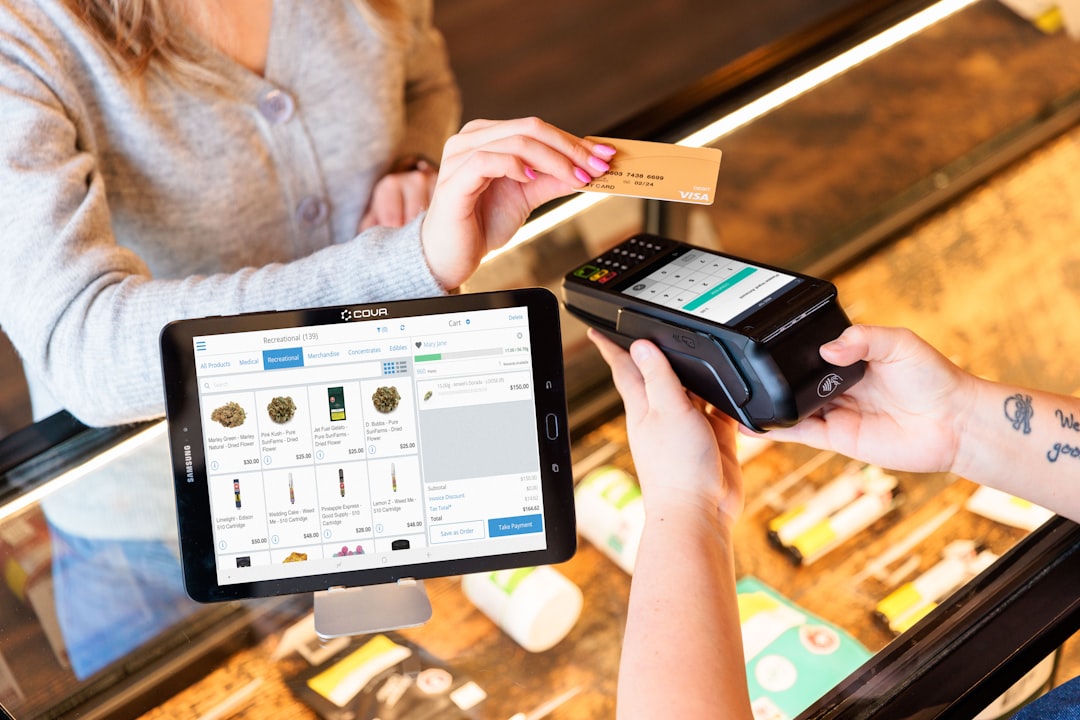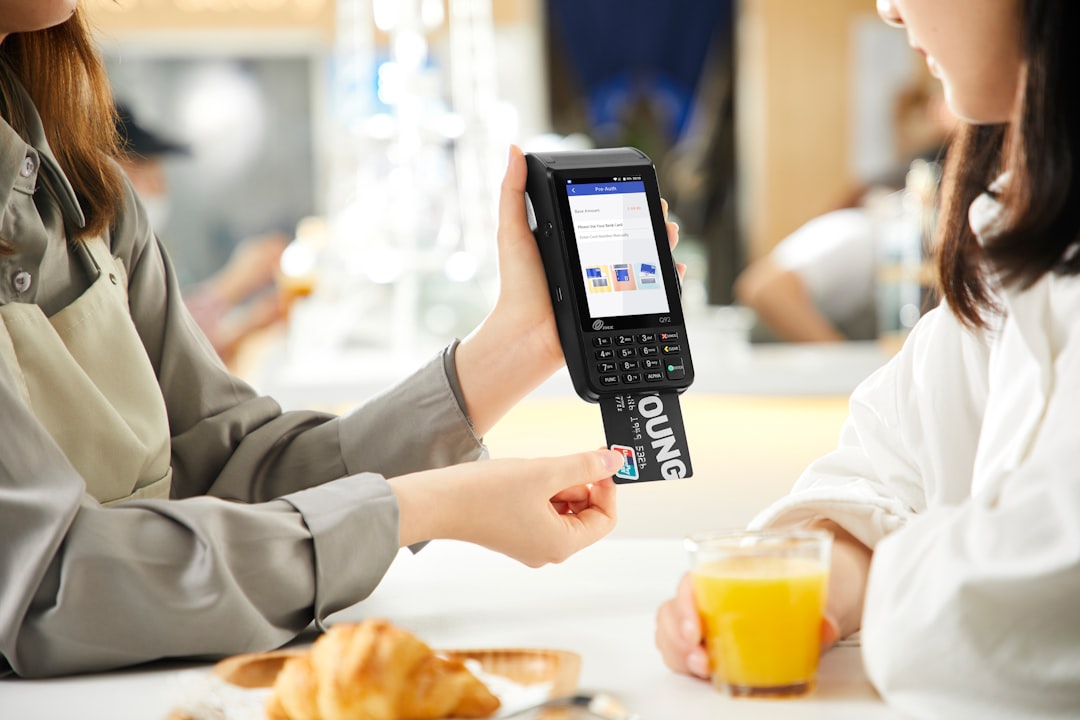Creator Partnerships: Flat Fee vs CPM vs CPA (2025)
In the ever-evolving world of digital marketing and influencer collaborations, creators and brands must navigate a diverse and, at times, confusing landscape of partnership compensation models. As we move into 2025, three primary forms dominate the conversation: Flat Fee, CPM (Cost Per Mille), and CPA (Cost Per Acquisition). Understanding the nuances of these models is crucial for both creators looking to monetize their reach and for businesses aiming to optimize their marketing ROI.
Each model has its own strengths and drawbacks, and the best solution often comes down to the goals of the campaign, the nature of the creator’s audience, and the brand’s budget and flexibility. This article will dissect each pricing structure and help you determine which might best suit your needs in the dynamic creator economy of 2025.
What is a Flat Fee Partnership?
Table of Contents
One of the most straightforward partnership models is the flat fee. In this arrangement, a creator is paid a predetermined amount to produce and share content, regardless of the post’s performance. It’s widely used on platforms like Instagram, YouTube, and TikTok.
Advantages:
- Predictability: Brands know exactly how much they’re spending upfront.
- Creative freedom: Creators often prefer this model as it compensates them for their time and effort without added performance pressure.
- Speed: Negotiations and execution tend to be quicker.
Challenges:
- Performance risk: Brands take on the risk if the content doesn’t perform well.
- Lack of scalability: It may not benefit brands looking to scale influencer campaigns across many niche creators.
Example: A skincare brand pays a YouTube creator $3,000 for a dedicated video review, regardless of views or product sales.

Demystifying CPM: Cost Per Mille
CPM stands for Cost Per Mille — “mille” being Latin for thousand. With this model, a creator is compensated based on the number of impressions or views their content receives. For example, if the CPM is $10, a creator earns $10 for every 1,000 views.
This model is particularly common in programmatic advertising but has increasingly entered the influencer space, especially for YouTube creators whose monetization is often tied to views.
Advantages:
- Performance-based: Brands pay for actual exposure, not just content creation.
- Scalable: Easy to compare performance across different creators.
- Data-driven: Useful for campaigns focused on awareness, reach, or visibility.
Challenges:
- Volatile: Creators may earn less during low view periods or if algorithm changes impact reach.
- Short-term focus: It incentivizes quantity over quality in some cases.
Example: A wellness brand agrees to a $15 CPM deal with a podcaster. If the podcast reaches 100,000 listeners, the creator earns $1,500.

Exploring CPA: Cost Per Acquisition
The CPA model offers perhaps the most performance-based compensation system. CPA, or Cost Per Acquisition, means a creator only gets paid when a user takes a specific action—such as making a purchase, signing up for a service, or downloading an app—after engaging with their content.
This model has its roots in affiliate marketing and is experiencing a rebirth in 2025 with improved tracking systems, better attribution tools, and a growing universe of micro-influencers excited to earn based on results.
Advantages:
- Highly measurable: Brands can directly link creator content to conversions.
- Efficient spending: No money is wasted on underperforming content.
- Aligned incentives: Encourages both parties to make the campaign effective.
Challenges:
- High risk for creators: No guaranteed income without user action.
- Attribution complexity: Sometimes sales aren’t properly tracked or credit is misassigned.
Example: A tech company partners with a TikTok creator, offering $25 for each app install that comes via their custom affiliate link.
Which Model Fits Your Strategy in 2025?
Let’s break down which partner model is best suited to different needs and scenarios.
Flat Fee Works Best When:
- You’re launching a new product or service and need exposure fast.
- You partner with a creator known for high-quality content and consistent engagement.
- You want full control over the partnership without variables.
CPM Is Ideal When:
- You’re focused on brand awareness and impressions.
- Your product doesn’t require complex consideration to convert users.
- You have analytics tools to evaluate campaign reach effectively.
CPA Rocks When:
- You need leads or purchases and have a clear, trackable sales funnel.
- You’re working with niche creators whose audiences are highly aligned with your customer base.
- Your campaign relies heavily on ROI and direct performance metrics.
The Hybrid Approach: The New Normal?
In 2025, brands and creators are increasingly opting for hybrid compensation models, blending different structures to limit risk while maximizing reward. For instance, a deal might include a small flat fee to ensure creator commitment, a CPM bonus for hitting certain view thresholds, and a CPA component to drive performance.
This trend offers the best of all worlds—guaranteed earnings for creators and scalable, performance-driven ROI for brands. However, this also demands stronger communication, clearer contracts, and more advanced performance tracking.

Negotiation Tips for Creators and Brands
Whether you’re negotiating as a creative or as a business, here are a few best practices:
- For Creators: Understand your own value beyond vanity metrics. Highlight your engagement rate, niche authority, and audience demographics.
- For Brands: Set clear KPIs and use historical data to inform compensation models.
- For Both: Use performance-tracking tools (like UTM codes or affiliate networks) to keep everyone informed and aligned.
Conclusion: The Future of Creator Compensation
As the creator economy matures, we’re seeing a growing emphasis on value-based partnerships rather than transactional campaigns. Flat fee, CPM, and CPA each have a role to play, but it’s the flexibility to mix and match that defines smart marketing in 2025.
Ultimately, the best results come from partnerships built on trust, transparency, and shared goals. Whether you’re a creator tired of underpriced deals or a brand hunting for ROI, understanding these models will help you craft smarter, more sustainable collaborations that benefit everyone involved.







